Technologies
Adobe: Our New Generative AI Will Help Creative Pros, Not Hurt Them
The Firefly tools begin with image creation and font styling but soon will spread to Photoshop and other software.
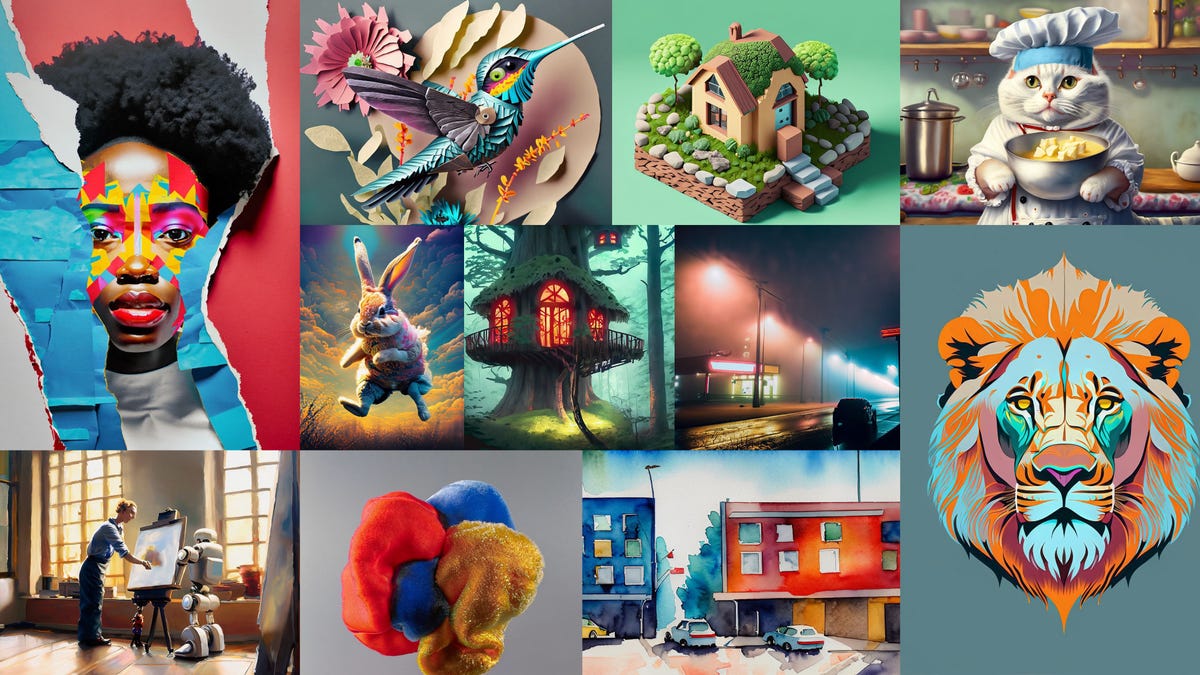
In 2022, OpenAI’s Dall-E service wowed the world with the ability to turn text prompts into images. Now Adobe has built its own version of this generative AI technology with tools that begin a technological overhaul of the company’s widely used creative tools.
On Tuesday, Adobe released the first two members of its new Firefly collection of generative AI tools for beta testing. The first tool creates an image based on a text prompt like «fierce alligator leaping out of the water during a lightning storm,» with hundreds of styles that can tweak results. The other applies prompt-based styles to text, letting people create letters that look hairy, scaly, mossy or however else they want.
Firefly for now is available on Adobe’s website, but the company will build generative AI directly into other tools, starting with its Photoshop image editing software, Illustrator for designs and Adobe Express for creating quick videos. The company hasn’t revealed its pricing approach for the new tools.
Creative professionals might see Firefly as an incursion into their creative domain, going beyond mechanical tools like selecting colors and trimming videos into the heart and soul of their jobs. With AI showing new smarts when it comes to translating documents, interpreting tax code, composing music and creating travel itineraries, it’s not irrational for professionals to feel spooked.
Like other AI fans, though, Adobe sees artificial intelligence as the latest digital tool to amplify what humans can do. For example, Firefly eventually could let people use Adobe tools to tailor designs to individuals instead of just creating one design for a broad audience, said Alexandru Costin, vice president of Adobe’s generative AI work.
«We don’t think AI will replace creative creators. We think that creators using AI will be more competitive than creators not using AI. This is why we want to bring AI to the fingertips of all our user base,» Costin said. «The only way to succeed in AI is to embrace it.»
Adobe’s Firefly products are trained from the company’s own library of stock images, along with public domain and licensed works. The company has worked to reduce the bias in training data that AI models can reflect, for example that business executives are male.
AI is a «sea change»
Artificial intelligence uses processes inspired by human brains for computing tasks, trained to recognize patterns in complex real-world data instead of following traditional and rigid if-this-then-that programming. With advances in AI hardware, software, algorithms and training data, the field is advancing rapidly and touching just about every corner of tech.
The latest flavor of the technology, generative AI, can create new material on its own. The best known example, ChatGPT, can write software, hold conversations and compose poetry. Microsoft is employing ChatGPT’s technology foundation, GPT-4, to boost Bing search results, offer email writing tips and help build presentations
AI tools are sprouting up all over. Adobe has used AI for years under its Sensei brand for features like recognizing human subjects in Lightroom photos and transcribing speech into text in Premiere Pro videos. EbSynth applies a photo’s style to a video, HueMint creates color palettes and LeiaPix converts 2D photos into 3D scenes.
But it’s the new generative AI that brings new creative possibilities to digital art and design.
«It’s a sea change,» said Forrester analyst David Truog.
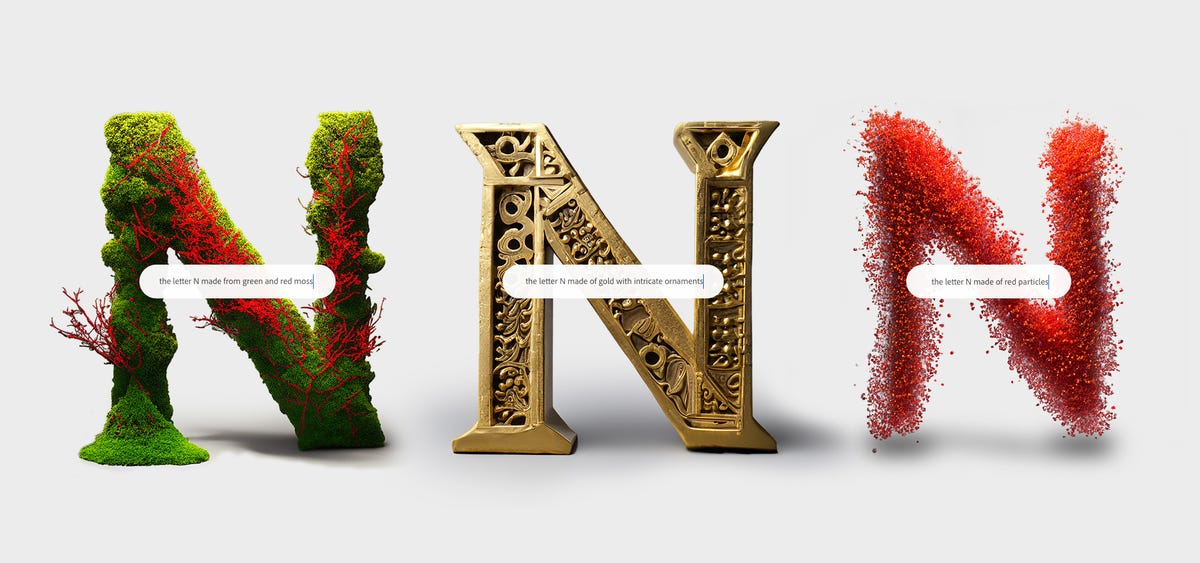

One of the first members of Adobe’s Firefly family of generative AI tools will style text based on prompts like «the letter N made of gold with intricate ornaments.»
AdobeAlpaca offers a Photoshop plug-in to generate art, and Aug X Labs can turn a text prompt into a video. Google’s MusicLM converts text to music, though it’s not open to the public. Dall-E captured the internet’s attention with its often fantastical imagery — the name marries Pixar’s WALL-E robot with the surrealist painter Salvador Dalí.
Related tools like Midjourney and Stability AI’s Stable Diffusion spread the technology even further.
If Adobe didn’t offer generative AI abilities, creative pros and artists would get them from somewhere else.
Indeed, Microsoft on Tuesday incorporated Dall-E technology with its Bing Image Creator service.
Training AIs isn’t easy, but it’s getting less difficult, at least for those who have a healthy budget. Chip designer Nvidia on Tuesday announced that Adobe is using its new H100 Hopper GPU to train Firefly models through a new service called Picasso. Other Picasso customers include photo licensing companies Getty Images and Shutterstock.
Legal engineering
Developing good AI isn’t just a technical matter. Adobe set up Firefly to sidestep legal and social problems that AI poses.
For example, three artists sued Stability AI and Midjourney in January over the use of their works in AI training data. They «seek to end this blatant and enormous infringement of their rights before their professions are eliminated by a computer program powered entirely by their hard work,» their lawsuit said.
Getty Images also sued Stability AI, alleging that it «unlawfully copied and processed millions of images protected by copyright.» It offers licenses to its enormous catalog of photos and other images for AI training, but Stability AI didn’t license the images. Stability AI, DeviantArt and Midjourney didn’t respond to requests for comment.
Adobe wants to assure artists that they needn’t worry about such problems. There are no copyright problems, no brand logos, and no Mickey Mouse characters. «You don’t want to infringe somebody else’s copyright by mistake,» Costin said.
The approach is smart, Truog said.
«What Adobe is doing with Firefly is strategically very similar to what Apple did by introducing the iTunes Music Store 20 years ago,» he said. Back then, Napster music sharing showed demand for online music, but the recording industry lawsuits crushed the idea. «Apple jumped in and designed a service that let people access music online but legally, more easily, and in a way that compensated the content creators instead of just stealing from them.»
Adobe also worked to counteract another problem that could make businesses leery, showing biased or stereotypical imagery.
It’s now up to Adobe to convince creative pros that it’s time to catch the AI wave.
«The introduction of digital creativity has increased the number of creative jobs, not decreased them, even if at the time it looked like a big threat,» Costin said. «We think the same thing will happen with generative AI.»
Editors’ note: CNET is using an AI engine to create some personal finance explainers that are edited and fact-checked by our editors. For more, see this post.
Technologies
We May Know What the Next Nintendo Switch 2 Pokemon Game Will Be Called
A massive leak reveals potential details about the 10th generation of Pokemon games coming to the Nintendo Switch 2, including big changes.
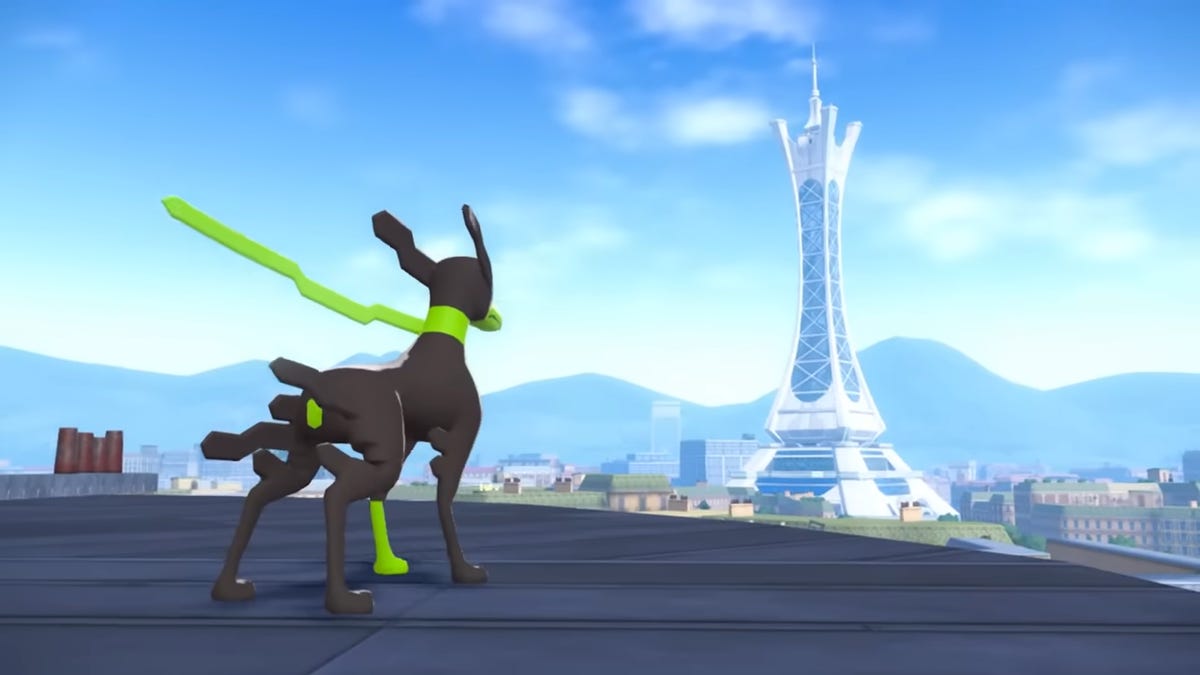
A new Pokemon game, Pokemon Legends: Z-A, will be released for the Nintendo Switch and Switch 2 on Thursday, but a recent leak might have revealed info about what’s coming next from the creators of the franchise. The names of the next games headed to the Switch 2, as well as some of the big changes to the Pokemon formula, may have been part of the leak.
The leak showed up on X Monday from the account Centro Leaks, as first spotted by Insider Gaming. Data about the upcoming games reportedly stems from a hack of the servers of the franchise developer Game Freak that happened in August 2024, referred to online as the Teraleak, that included the source code for the upcoming Pokemon Legenda: Z-A.
Among the information shared by the account was the possible name for what would be the 10th generation of Pokemon games that would come to the Switch 2 next year: Pokemon Wind and Pokemon Wave.
The Pokemon Company didn’t immediately respond to a request for confirmation about this leak.
Pokémon Gen 10:
Pokémon Wind and Pokémon Waves
Theme: Infinity
Directed by Shigeru Ohmori— Centro LEAKS (@CentroLeaks) October 13, 2025
According to the leak, Pokemon Wind/Wave is inspired by the Southeast Asia region and will feature a jungle-themed environment. It could also feature a new mechanic referred to as a Seed Pokemon, which is reportedly a special Pokemon that is heavily involved in the story and must be raised by the player. As it evolves, it will have a unique look that is procedurally generated, and once it’s fully evolved, it will allow the player to gain access to an island where they can find the main legendary Pokemon of the game.
The main theme of Pokemon Wind/Wave is the concept of infinity, according to the leak. This would match with the reported focus of procedurally generated content, not only with the special Seed Pokemon, but also with the islands of the game being procedurally generated, so each game is unique and could continue to grow with no end.
Also included in the leak were other details, including Pokemon on the overworld being interactable, weather affecting gameplay in some way, 18 new challenges for players instead of traditional gyms, and a few screenshots of the game in development that are still available to see at the PokeLeaks subreddit. There was also info that the 11th-generation Pokemon game could be released in 2030.
It is unlikely that Nintendo, The Pokemon Company or Game Freak will confirm the details of the leak. Expect to see the official announcement early next year, with the fall being the most likely release window for Pokemon Wind/Wave.
Technologies
Today’s NYT Mini Crossword Answers for Wednesday, Oct. 15
Here are the answers for The New York Times Mini Crossword for Oct. 15.
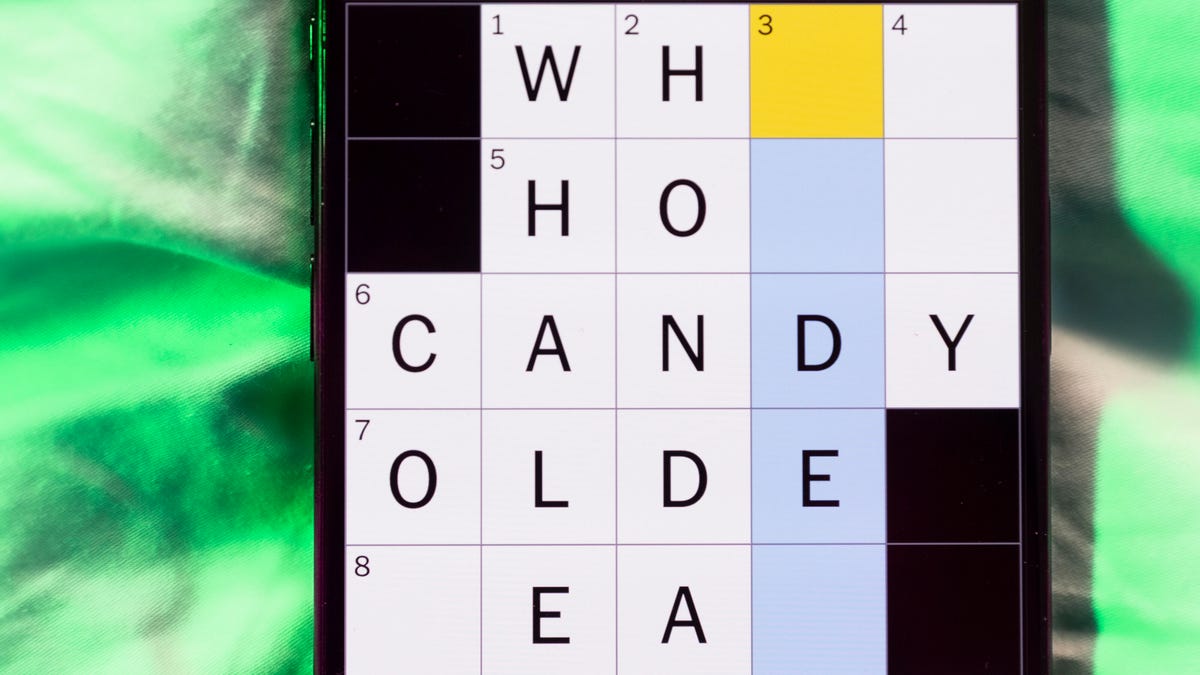
Looking for the most recent Mini Crossword answer? Click here for today’s Mini Crossword hints, as well as our daily answers and hints for The New York Times Wordle, Strands, Connections and Connections: Sports Edition puzzles.
Need some help with today’s Mini Crossword? It includes both the first and last name of one of my favorite chefs of all time — maybe yours, too. Read on for the answers. And if you could use some hints and guidance for daily solving, check out our Mini Crossword tips.
If you’re looking for today’s Wordle, Connections, Connections: Sports Edition and Strands answers, you can visit CNET’s NYT puzzle hints page.
Read more: Tips and Tricks for Solving The New York Times Mini Crossword
Let’s get to those Mini Crossword clues and answers.
Mini across clues and answers
1A clue: Chromebooks, but not MacBooks
Answer: PCS
4A clue: «Yippee!»
Answer: WAHOO
6A clue: Reveal, as juicy gossip
Answer: SPILL
7A clue: With 2-Down, chef who helped popularize chicken cordon bleu in the U.S.
Answer: JULIA
8A clue: Toss in
Answer: ADD
Mini down clues and answers
1D clue: Toss in
Answer: PAPUA
2D clue: See 7-Across
Answer: CHILD
3D clue: State of matter for most elements at room temperature
Answer: SOLID
4D clue: Business-focused newspaper, for short
Answer: WSJ
5D clue: Hello, in Portuguese
Answer: OLA
Technologies
Want to Watch a Podcast? Netflix and Spotify Partner to Bring Video Podcasts to Streaming
Starting in early 2026, Netflix subscribers in the US will be able to watch select Spotify Studios and Ringer podcasts directly on the streaming platform.
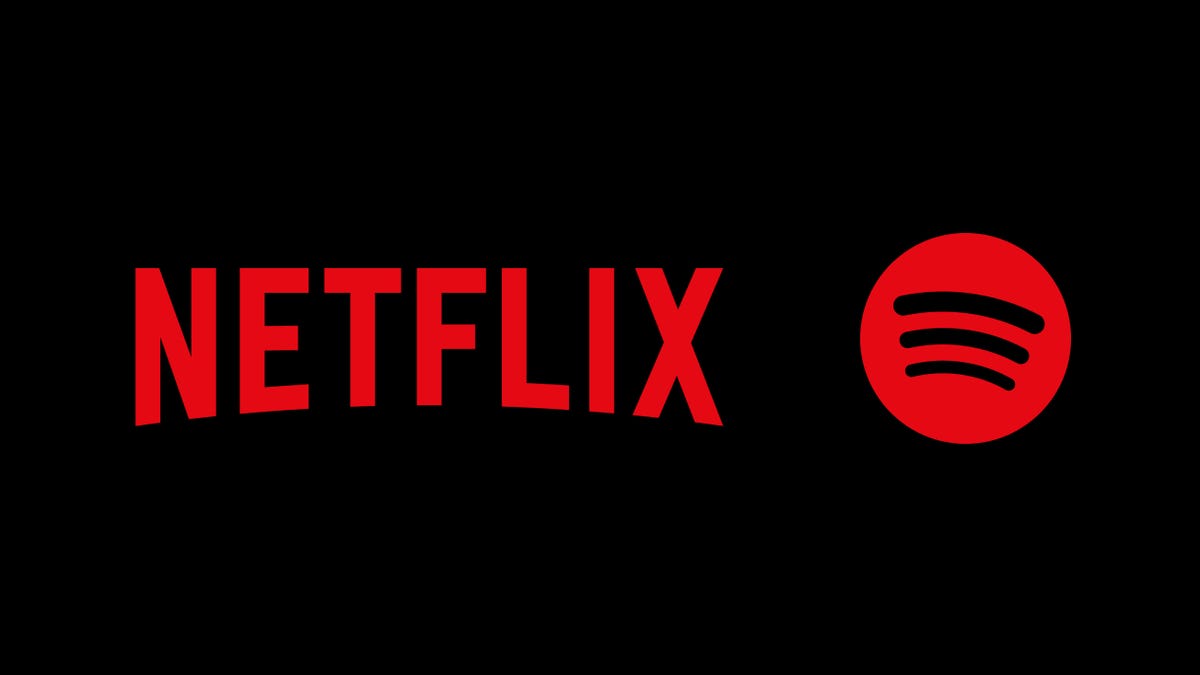
Netflix and Spotify are teaming up to blur the line between streaming and podcasting. The two companies announced a new partnership that will bring a curated slate of Spotify’s top video podcasts, including shows from Spotify Studios and The Ringer, to Netflix starting in early 2026. The goal is to make popular podcasts as watchable as TV, expanding both services’ reach into sports, culture, lifestyle and true crime.
Don’t miss any of our unbiased tech content and lab-based reviews. Add CNET as a preferred Google source.
The deal marks Spotify’s most significant distribution push beyond its own platform, and for Netflix, it’s a new way to keep audiences engaged with talk-driven, low-cost programming. Early titles include The Bill Simmons Podcast, The Rewatchables, Dissect, Conspiracy Theories and Serial Killers, among others. You can find the complete list here.
More shows and genres are expected to be added over time.
Netflix says the partnership complements its library of documentaries and talk shows, offering «fresh voices and new perspectives.» Spotify, meanwhile, described it as «a new chapter for podcasting,» giving creators access to Netflix’s global audience while expanding discovery for listeners who prefer watching podcasts.
The rollout will begin in the US early next year, with additional markets to follow in 2026.
-

 Technologies3 года ago
Technologies3 года agoTech Companies Need to Be Held Accountable for Security, Experts Say
-

 Technologies3 года ago
Technologies3 года agoBest Handheld Game Console in 2023
-

 Technologies3 года ago
Technologies3 года agoTighten Up Your VR Game With the Best Head Straps for Quest 2
-

 Technologies4 года ago
Technologies4 года agoVerum, Wickr and Threema: next generation secured messengers
-

 Technologies4 года ago
Technologies4 года agoBlack Friday 2021: The best deals on TVs, headphones, kitchenware, and more
-

 Technologies4 года ago
Technologies4 года agoGoogle to require vaccinations as Silicon Valley rethinks return-to-office policies
-

 Technologies4 года ago
Technologies4 года agoOlivia Harlan Dekker for Verum Messenger
-

 Technologies4 года ago
Technologies4 года agoiPhone 13 event: How to watch Apple’s big announcement tomorrow
